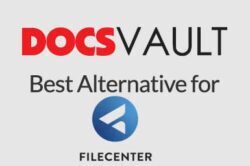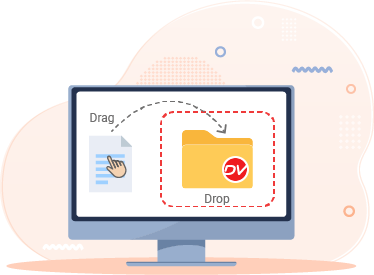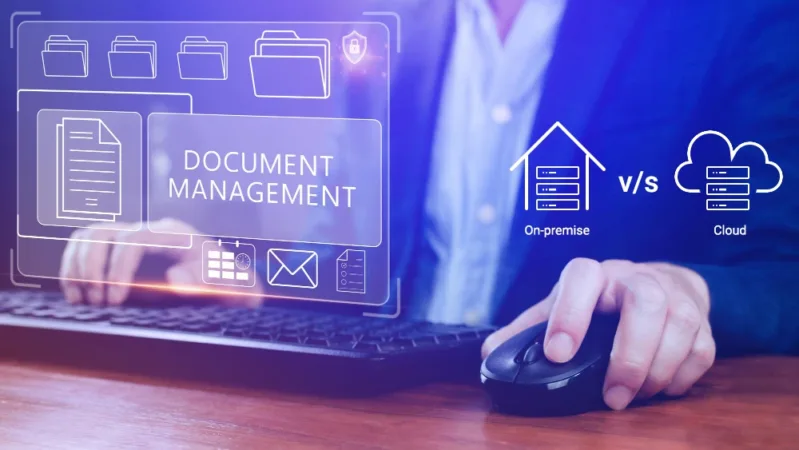Mastering E-Discovery: How Docsvault Transforms Legal Data Management

Introduction
In the age of digital information, the importance of e-discovery (electronic discovery) cannot be overstated. Businesses and organizations are increasingly relying on electronic data, and managing this data efficiently is critical, especially in legal proceedings. Docsvault, a leading document management software solution, plays a pivotal role in helping organizations prepare for e-discovery. This article explores the key aspects of e-discovery and how Docsvault can be a game-changer in this process.
Understanding E-Discovery:
E-discovery refers to the process of discovering, collecting, and exchanging electronic information in legal cases. This electronic information can include emails, documents, databases, presentations, and more. With the exponential growth of digital data, e-discovery has become a complex and essential component of legal proceedings, investigations, and regulatory compliance.






